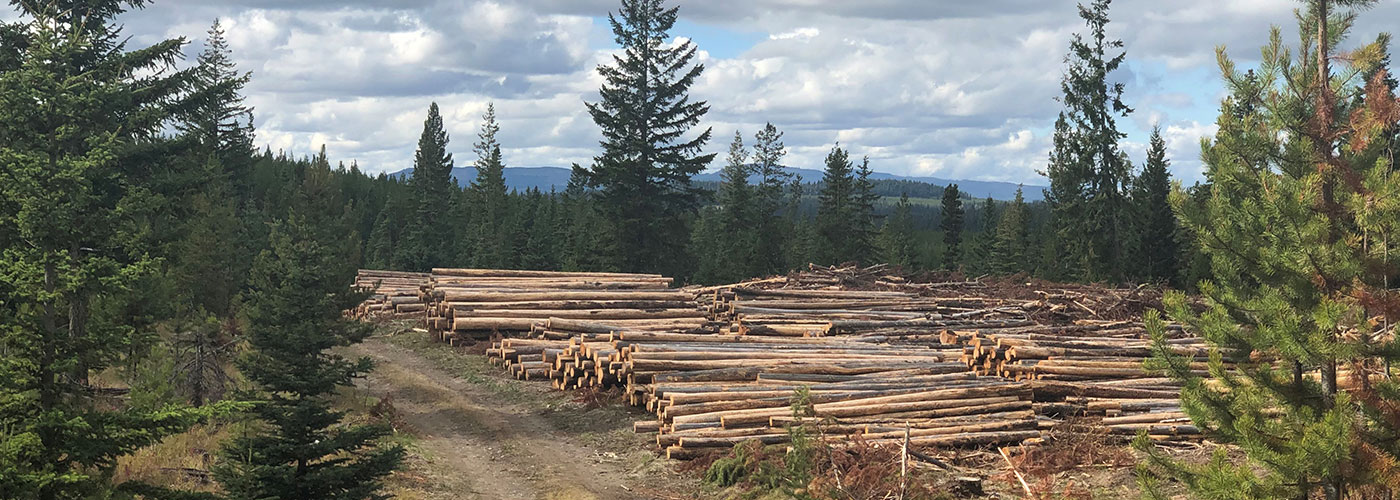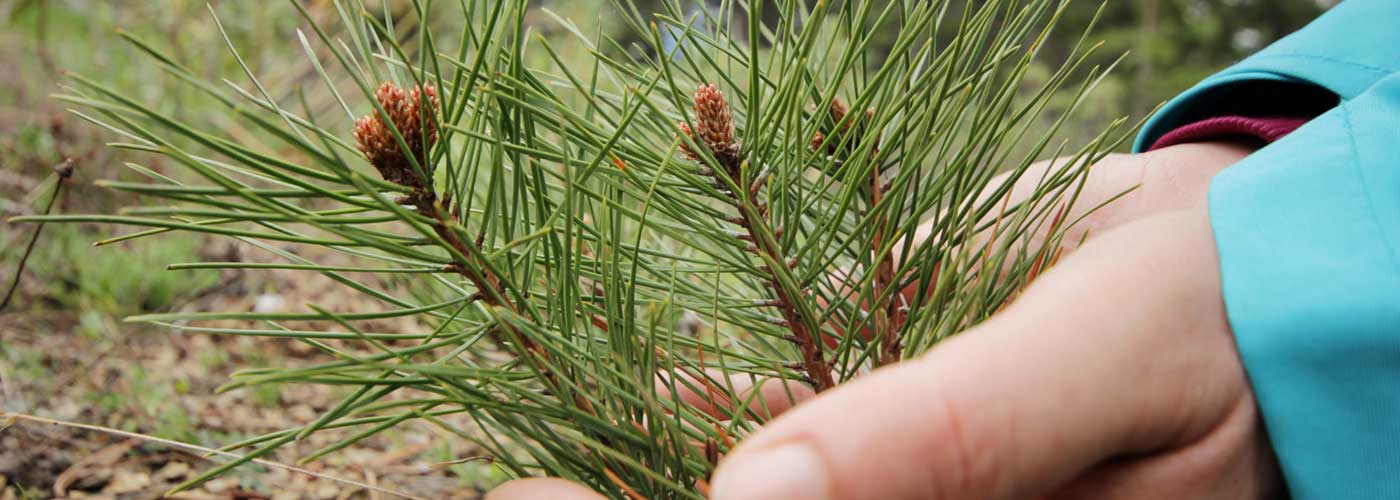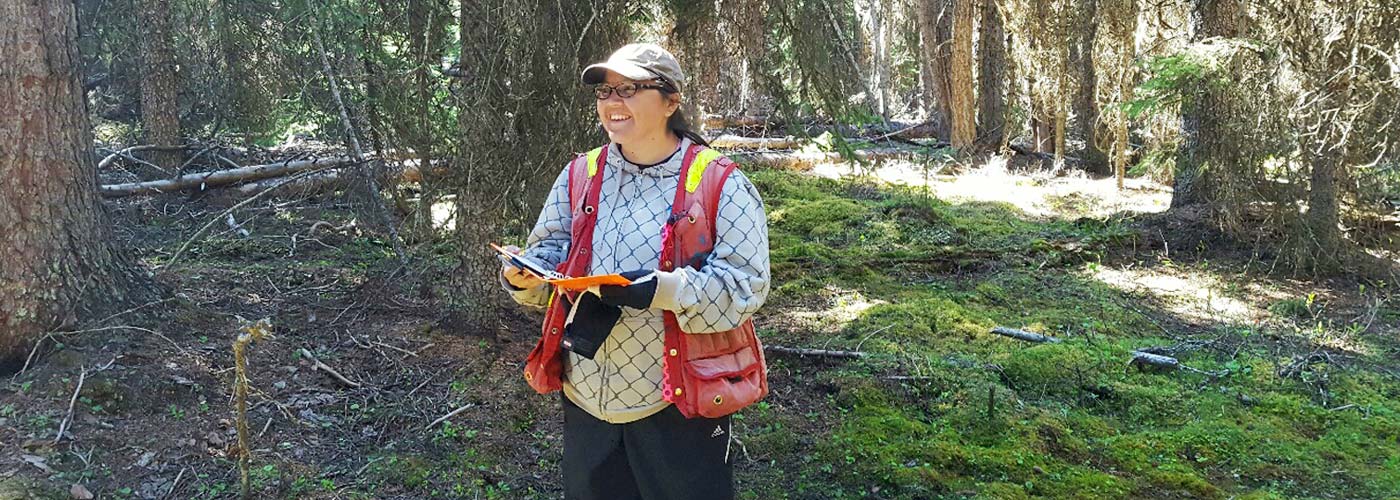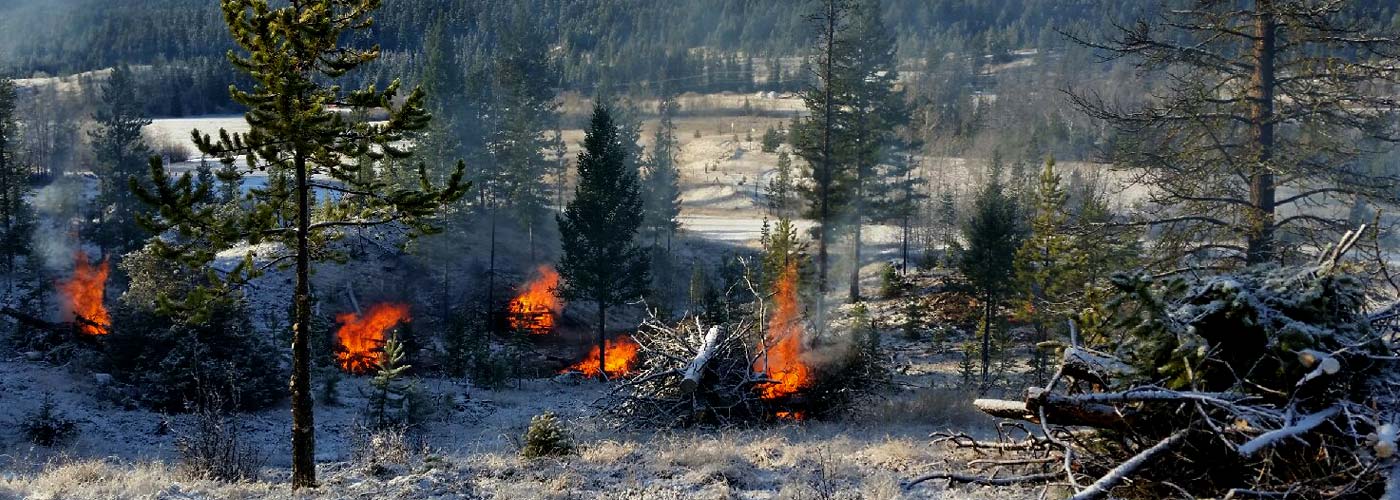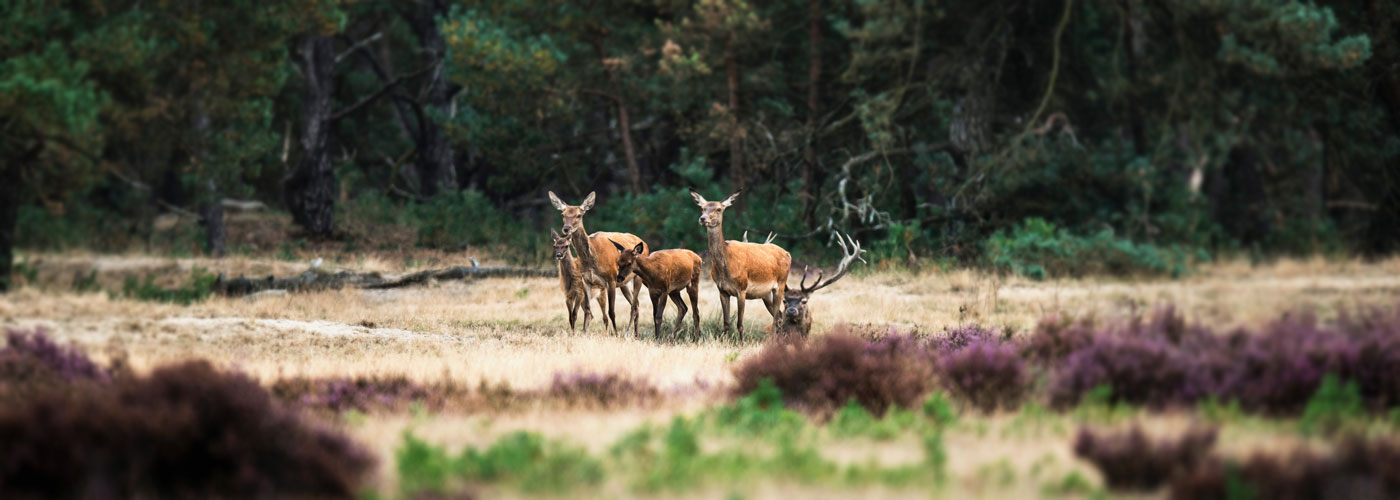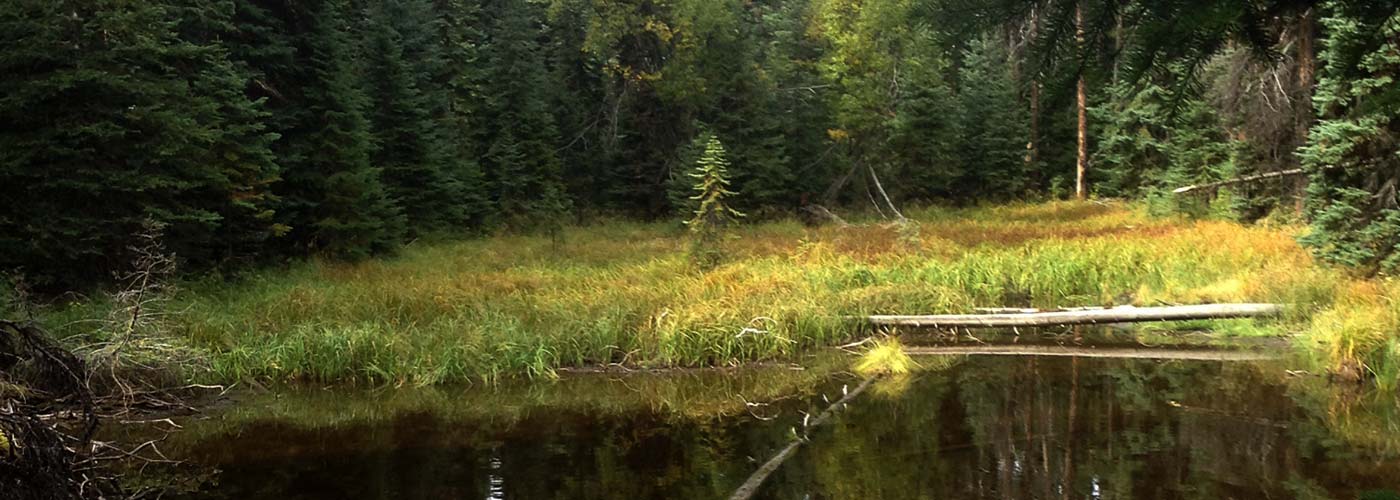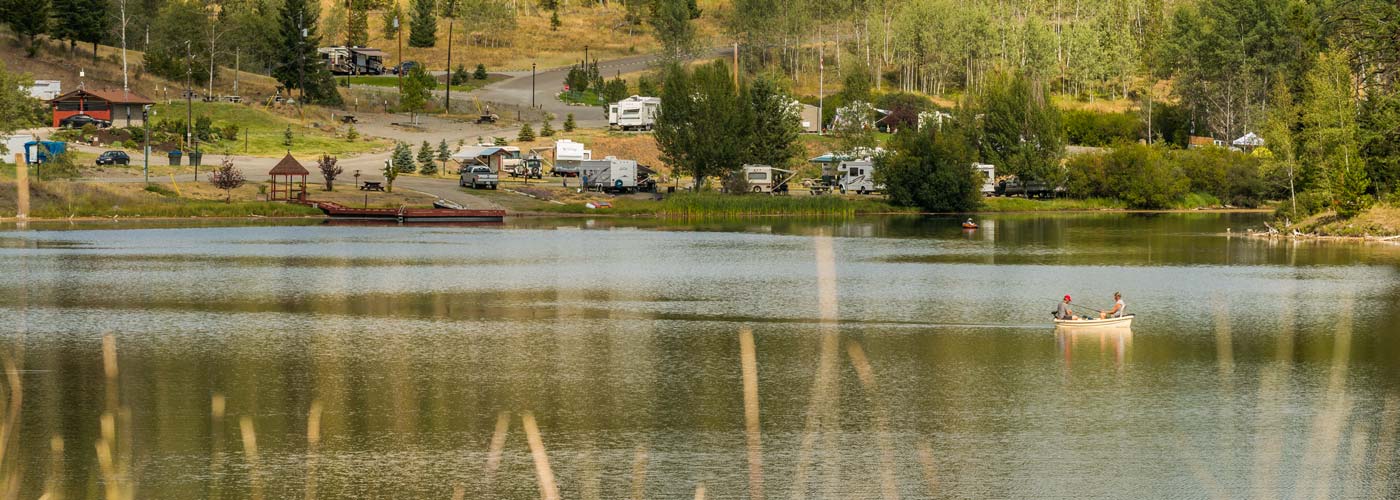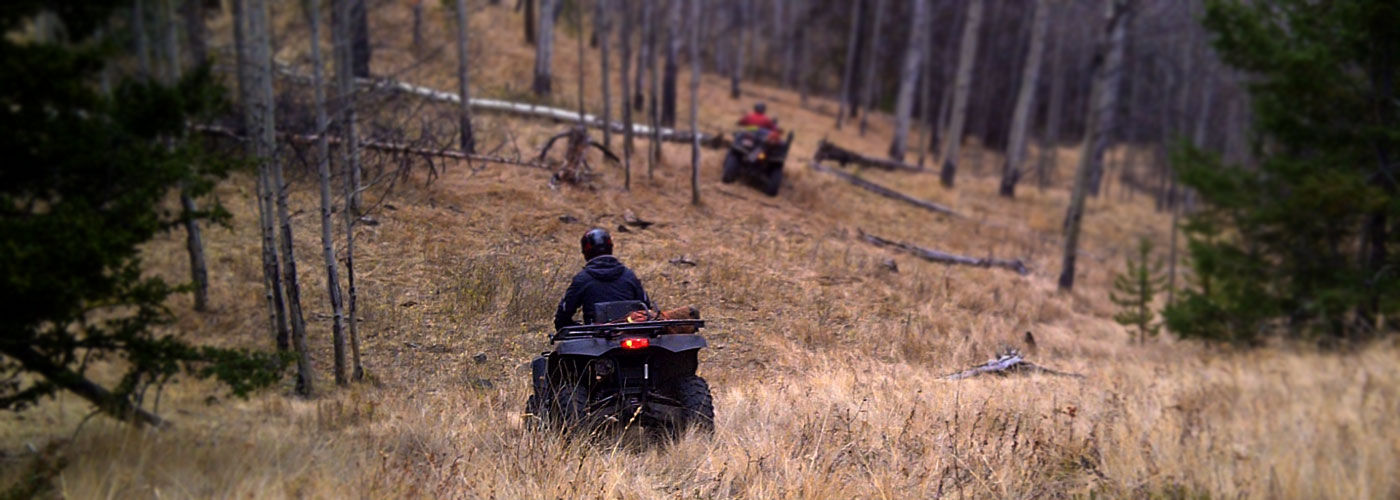Forest Stewardship
Forest Stewardship Plan
A Forest Stewardship Plan (FSP) is a legal document required by the provincial government which outlines how a licensee will manage all the resources and values within their tenured forest area. The FSP outlines strategies and desired results for conserving and protecting 11 forest values defined in the Forest and Range Practices Act: soil, timber, wildlife, fish, water, biodiversity, cultural heritage resources, resource features, recreation resources, visual quality, and forage and associated plant communities. The FSP strategies must be consistent with government objectives for forest values and must be measurable and verifiable. All forest licensees must have authorization from the government before they can harvest timber or build roads. This is achieved by submitting a FSP to the government for approval which then allows licensees to apply for site level permits and authorizations to carry out harvesting operations.
Previously, the Logan Lake Community Forest operated under other major tenure holder FSPs that operated in the same general area. In recent years it became clear that the community forest had matured and was ready to take their own strategic planning and management to the next level. In 2017, we initiated a FSP process to identify strategies and results that reflected the community’s values and vision for sustainable forest management. An Open House was held in March of 2017 where many local residents, First Nations communities, and stakeholders provided their input. Working in collaboration with other resource values on the land base, the Logan Lake Community Forest submitted their FSP to the provincial government in 2018. The FSP was approved on May 29, 2020 and made effective for a five (5) year period commencing June 1, 2020.
Forest Management Plan
The Forest Management Plan includes a set of values, objectives, indicators and targets that address the environmental, economic, and social aspects of forest management of the Logan Lake Community Forest. This includes a land use planning process through a series of analysis and field assessments of our forest tenure. Below is a brief overview on some of the main management objectives outlined in the Logan Lake Community Forest Management Plan.
Social, Economic and Environmental
The forest lands that we manage make an important contribution to the quality of life for many people in the town of Logan Lake and the surrounding communities by providing a wide range of environmental, social and economic benefits. We are committed to professional and sustainable forest management and respect for all forest values. We work to develop resource plans that demonstrate innovative and sensitive approaches that are ecologically suitable, economically feasible, and socially acceptable.
Activities that support these objectives are:
- Maintaining or improving the health and productivity of forest ecosystems and biological diversity;
- Actively promoting stakeholder and public participation through open communication;
- Respecting and recognizing established Aboriginal title and rights, and treaty rights;
- Providing for safeguards to the health and safety of employees, contractors and the public in our operations;
- Complying with relevant forest management legislation and policies;
- Evaluating our forest management performance through internal and external audits and reviews; and
- Increasing our knowledge and expertise through active participation in the BC Community Forest Association. This includes participation in the Annual Indicators Report which measures the benefits that community forests generate, with firsthand stories of success in which Logan Lake Community Forest has been highlighted over several years.
In 2019, the Logan Lake Community Forest was honored to be awarded the Robin Hood Memorial Award for Excellence in Community Forestry with an accompanying grant of $10,000. This award is given to recipients who best exemplify values in innovation and leadership in land management, building and maintaining social license, involvement with the local community and First Nations, and providing social, economic, cultural and environmental benefits. We were recognized for the economic benefits that have gone directly back to the District of Logan Lake, as well as being a leader in wildfire management by completing extensive fuel management treatments.

